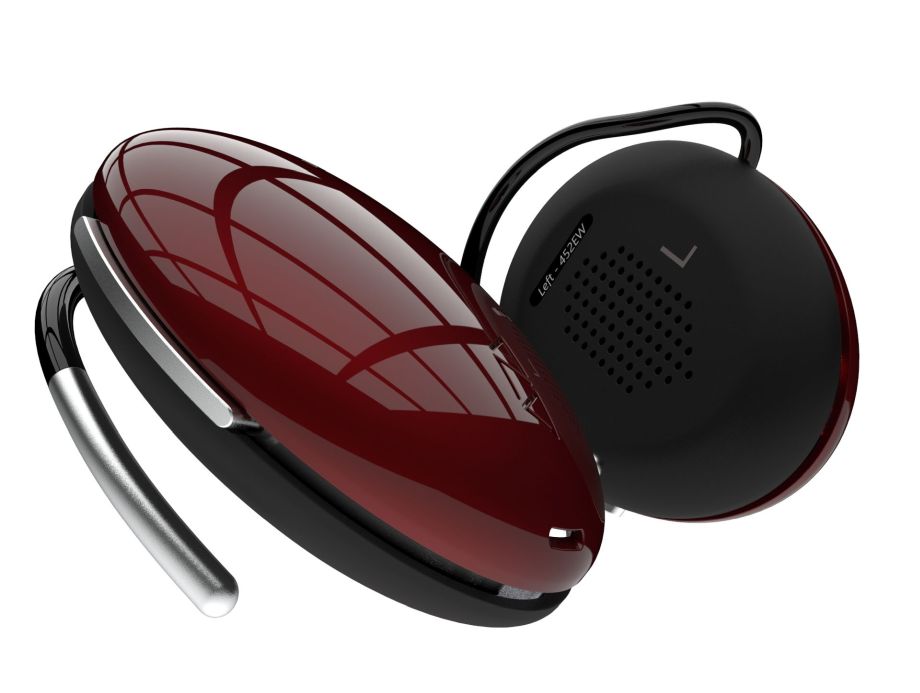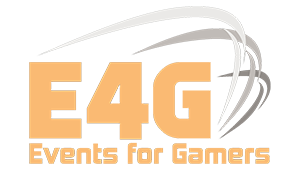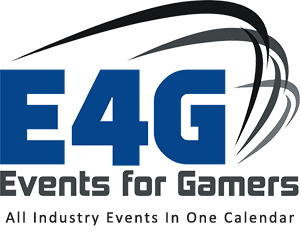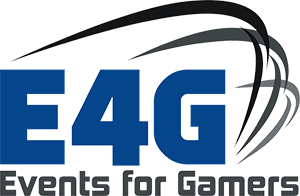If you’ve attended any events that promised to bring attendees in from different backgrounds and from around the world, you’ve probably run into people who speak a different language. You may want to exchange ideas, to network, and so on, but you may find you’re spending as much time gesturing or using a little bit of shared language as best you can. Sometimes, to listen to a speaker, you have to borrow a headset and listen to a live translation. It’s a solution, but some might say it’s imperfect. It can be frustrating, right?
Not only that, to help diversify attendees, including in terms of culture and language, some thought leaders have worked to try to create experiences that help bring a lot of different people together wherever they are in the world or whatever language they speak.
One such initiative was an online game development conference, GameDev.world, created a few years ago by well-known independent game developer, Rami Ismail. In a VentureBeat interview, Ismail said, “The conference started for various reasons. The two big ones — I travel around the world, and one thing I kept noticing was that in all these different territories, where different languages are prevalent, you notice that the industry is very segregated by language. More than anything else, really. It’s segregated by gender in some ways, and by countries, but the biggest invisible border in our industry is language.”
Since then, bridging the language and accessibility gap in events (and of course, with many more aspects of the world, such as travel in particular) remains an issue that remains both a challenge and an opportunity.
That brings us to our Q/A interview with Brisa Freitas, VP of Marketing and Communications at Waverly Labs. Waverly Labs is a New York-based startup focused on using hardware like phones and wearables, cloud services and ever-growing bandwidth to help bring live translation to different businesses where many languages may be spoken, including events. They presented during CES last month, showing off current and upcoming technologies. In this interview, Brisa Freitas shares some of these updates, her perspectives about the opportunities in events, and more.
Events for Gamers (E4G): Thank you for taking the time to tell our readers more about Waverly Labs. To begin with, can you tell us about how you began in the translation space, about what was behind creating Waverly Labs and your real-time translation products and services?
Brisa Freitas: In 2014 we were inspired by our personal and professional experiences with the language barrier. The original founding team had backgrounds from the USA, Mexico, and India, and we had lived and worked in China and Africa, and we learned first-hand the difficulty with communicating across language barriers. So, we set on this journey to leverage our expertise in voice, wearable technology, and product development to solve the global challenge of translation.
In 2016 we debuted our first translating earbuds called Pilot, and in 2018 we began engineering our newest product called Ambassador Interpreter, an over-the-ear machine interpreter. Since then we’ve shipped over 50,000 packages of those translating earbuds and invented the product category. Today, we’re focused on developing a full suite of voice and interpretation solutions to meet the needs of professionals across various industries including hospitality, conferences & events, and remote meetings.

E4G: What’s the Waverly Labs main value proposition vs. other solutions like machine translation and human translation?
Freitas: Waverly Labs is focused on solving in-person interpretation experiences at a lower cost in comparison to human interpreters. We’re less interested in solving quick translation problems that can be addressed by a quick search, and more interested in solving longform or conversational interpretation needs. Think more along the lines of a business pitch or school parent-teacher meeting, where typing everything or using a translation app back and forth would feel unnatural. We’re focused on situations where fluidity and getting as close to a real-time exchange as possible are key.
E4G: How have translation-related wants and needs in the events and hospitality spaces shaped how Waverly Labs has designed its translation tools?
Freitas: We pride ourselves in designing our products around real customer feedback.
Subtitles was a direct response to the need for interpretation services that were safe and hygienic in a more transactional context, like a hotel front desk or airline check-in counter. The two-sided touchscreens remove the need to share earpieces and the safety screen provides additional health protection.
Audience solves the need for one-to-many interpretation services. Unlike our other products that solve conversational interpretation, Audience solves interpretation needs for presentations and performances. It doesn’t require any additional hardware since both the presenter and audience members all use their own mobile devices – the perfect solution for larger scale events.
To read more about Waverly Labs’ participation with events, their technology, and roadmap, visit Page 2.



